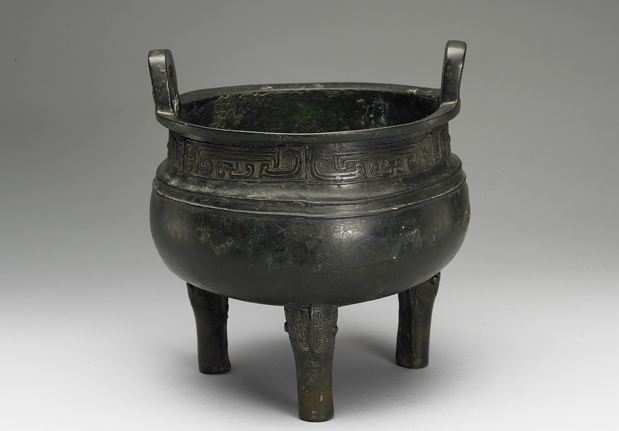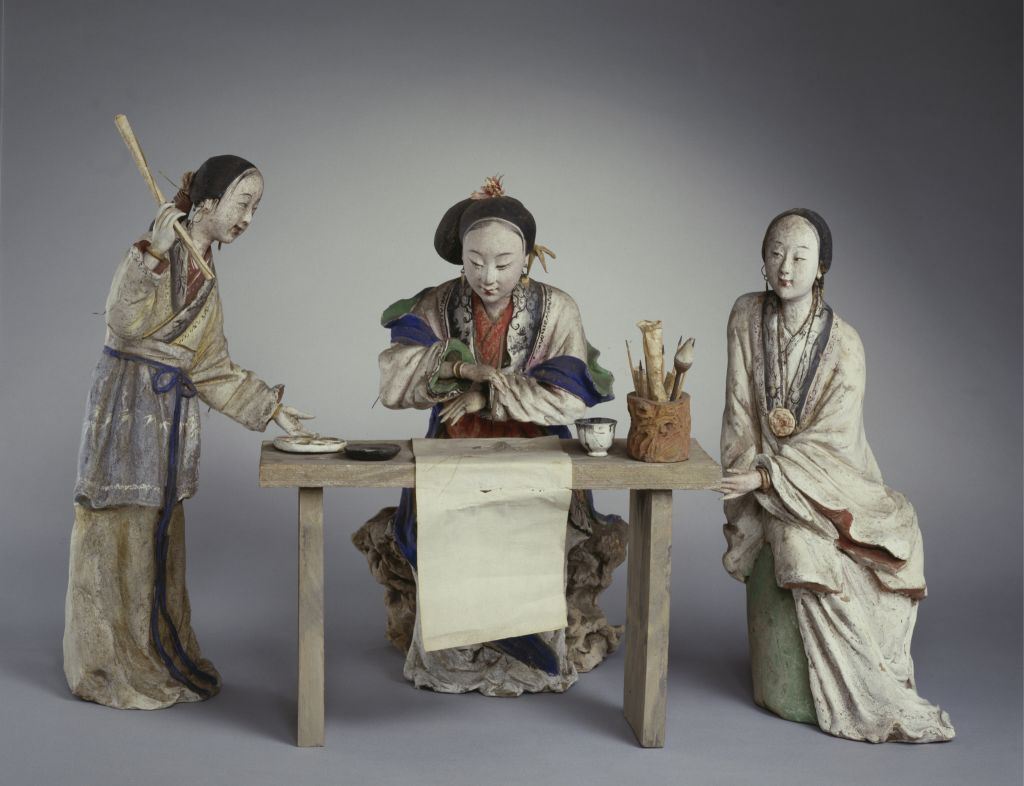[Deng Wenyuan’s Cursive Scrolls]
Cursive Scrolls, Yuan, Deng Wenyuan’s Scrolls, Paper Scrolls, Cursive Scrolls, 23.3 cm in length and 368.7 cm in width
Seal “Deng Wenyuan”, “Brazil’s Deng Shi Shanzhi”, and “Su Lvzhai”
Interpretation (omitted)
This volume begins with the word “Caosheng” in the running script of Hongli, and ends with Dong Bangda’s painting of pine, cypress, bamboo and stone. Behind this painting are inscriptions and postscripts by Shi Yan of the Yuan Dynasty, Yang Weizhen, Zhang Yu, Yu Quan of the Ming Dynasty, Yuan Hua, Dao Yan and Chen Qian. There are “Yuan Hua’s private citation”, “Jiang Shao’s book seal”, “Er You” and the seals of Xiang Yuanbian, Qianlong and Xuantong’s internal government
This post is Deng Wenyuan’s early book. The pen is round and vigorous, showing its sharp edges, and is legal, which is very agreeable to the ancients. Zhang Yuba of the Yuan Dynasty said, “I have been studying here for a long time, and I have cooperated with you in my early years. I have been in the middle of my life, and my title is getting higher and higher, but my calligraphy and learning are becoming more and more useless. Those who have studied with me have always thought that I can’t be wrong with my words. In my late years, Zhang Cao is like a dead man, and I can’t stop believing and learning.” This can be conclusive. After the volume, Deng Wenyuan read from himself: “For Li Zhongyong, he wrote in the monk’s room of Datu Qingshou Temple.” Li Zhongyong was named Xi and a native of Khotan (today’s Khotan). He was a magistrate of Wu County. See also Yuan Huazhong. Qingshou Temple is located in Chang’an Street in the west of Yuandu (today’s Beijing), namely, the Twin Towers Temple, which is now abandoned. Deng Wenyuan was 42 years old when the model year was “March 10, the third year of Dade” (1299)
There are descriptions in the Collection of Paintings and Calligraphy in Shigu Hall, the Postscript to the Coral Net, the Splendid Life, and the Grand View Collection
![图片[1]-Deng Wenyuan’s cursive script rushed to the chapter-China Archive](https://chinaarchive.net/Yuan dynasty/model calligraphy/s58ec818433091.jpg)





